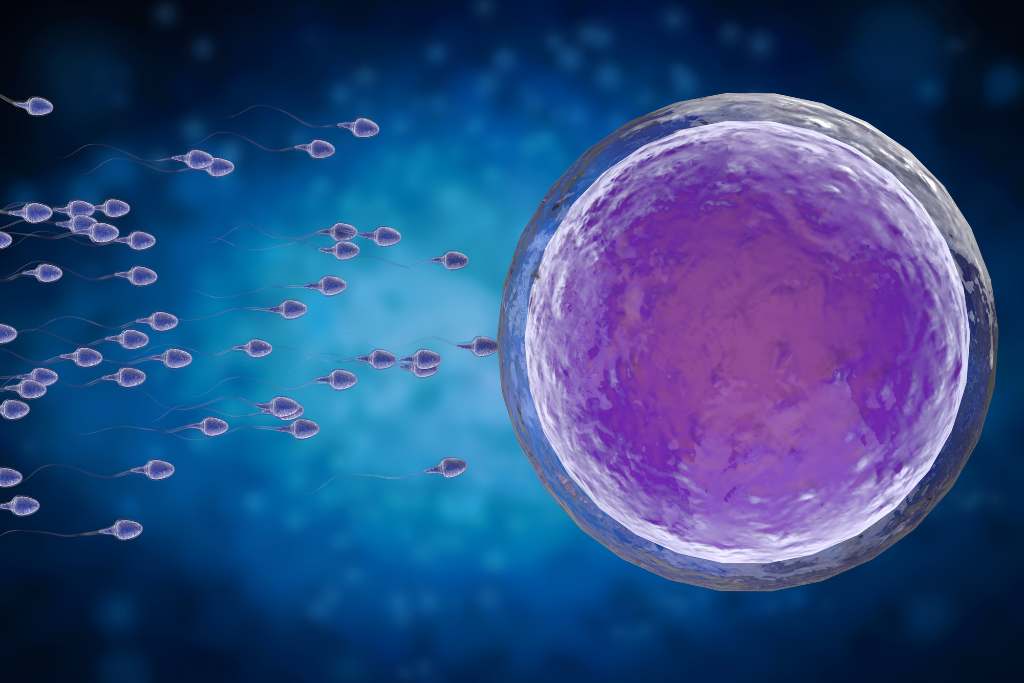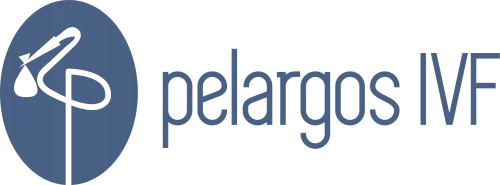
08 Nov Special innovative protocols for poor responders
Special innovative protocols for poor responders
In Pelargos IVF, we like to innovate, experiment, perfectionate and pioneer some less frequently used protocols, but as a general rule, we think that it is better to keep it simple.
A perfectly executed short antagonist protocol, which is nowadays the common practice in most of the Units, might ovearall have strong advantages towards a non properly selected innovative one. Reproductive medicine doctors, need to know very well, why they apply a specific protocol to a specific patient, but also the physiology hidden behind that, what exactly they expect from each drug used, as well as the pharmakokinetics of each medication, they use.
Finally a doctor, needs to be very reasonable on what he tries to achieve, by choosing a specific protocol. Many times though, when simple and personalised, has failled, you need to go one step further down. Especially when we deal with poor responders, the most challenging patients to deal with, in reproductive medicine, innovation might help.
Double stimulation Protocols / Luteal Start Protocols
Our scientific Director Dr Karpouzis, has experimented a lot with the double stimulation protocols and the luteal start short antagonist protocols.
When you have predecided freeze all vitrification, with or without PGT – A, the revolutionary discovery behind a multiwave follicular recruitement during the same menstrual cycle, has come up, as a big surprise, offering endless new possibilities.
We always say to our patients two things:
1. We cannot stimulate follicles that we cannot see
2. size does play a role 😊
Don t misunderstand us. We talk about follicular size of course. The size of the small initial follicles that we start with, an IVF cycle, is very important. Smaller follicles less than 5 mm, have less chances to react to the drugs stimulation and in order to react, their threshold is usually higher, so will need higher doses. Follicles though between 5-10 mm are always easier to stimulate with lower doses.
Size and number of follicles, might change during the follicular and luteal phase of the same menstrual cycle, in the same woman.
Women that are known poor responders, might be able to achieve better results, when their IVF cycle, starts on the luteal phase, rather than the follicular. This is why follicular monitoring on a natural cycle, can be important and give us valuable information.
Double stimulation protocol, might result in an increased total number of eggs collected, on the same cycle, as far as we do not aspirate of course the small follicles at the time of the first egg collection and under the condition that few days after the first egg collection, the recruitement of remaining follicles, will be adequate to worth doing, a second stimulation on the same menstrual cycle.
Between the Shanghai mild dose double stim protocol in which we use simultaneously clomifene, letrazole and low dose of gonadotrophins in the first phase of stimulation and medium dose of Gonadotrohine plus letrazole in the second phase, to the Duo stim protocol, in which higher doses of gonadotrophins are used in both phases, together with antagonists or medroxyprogesterone in the second phase to prevent ovulation, the
differences are small, but the antricle follucular count and size, on each phase is the secret key that helps us choose the ideal variation.
GNRH – ag STOP / GNRH antagonist and letrazole protocol
This is a complicated protocol in which GNRH agonists, GNRH antagonists, gonadotrophins, letrazole and trigger injections are all used together in the same protocol.
It Can sometimes, help significantly in improving the egg number collected, as well as the quality, in women that are poor ovarian responders.
We use that, when we want to take advantage of both follicular phase and luteal phase follicular recruitement, in the same cycle, with just one egg collection. We usually apply it to patients with previous discordinant growth of follicles and poor ovarian reserve, that have not responded well in previous antagonist protocols and did not have good quality eggs collected. Every single medication used, has a specific purpose:
• GNRH pretreatment helps in sychronization and schedulling
• GNRH agonist ceasation , improves ovarian response and offers 10 days of prevention of ovulation
• Letrazole priming increases the antrogen levels inside the follicles and helps with the recruitement of more follicles
• Gonadotrophines stimulate the ovaries
Antagonists prevent ovulation after the GNRH agonist derived ovarian suppression, has
ceased. Finally with this protocol we can use double trigger, which might increase the quality of eggs collected.
Andro – IVF
A modern and very interesting protocol, which is left for poor ovarian responders again, that have not reacted nicely to high dose short antagonists protocols and have very poor follicular count.
This protocol has 2 phases. One phase of pretreatment, that aims into the increase of androgen in the follicular fluid. That, with several mechanisms, can help with the follicular recruitement.
One phase of stimulation
In the first phase, whilst we are doing schedulling with oestrogen and progesterone, we simultaneously try to increase androgens, with testosterone gels, letrazol and bhcg injections. Then the stimulation phase starts with high doses of gonadotrophins and antagonists use
that can be adjusted, depending on the size and number of follicles, as well as the blood results, during the stimulation.


No Comments